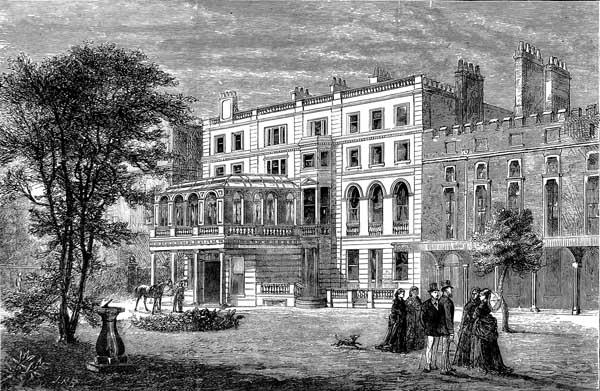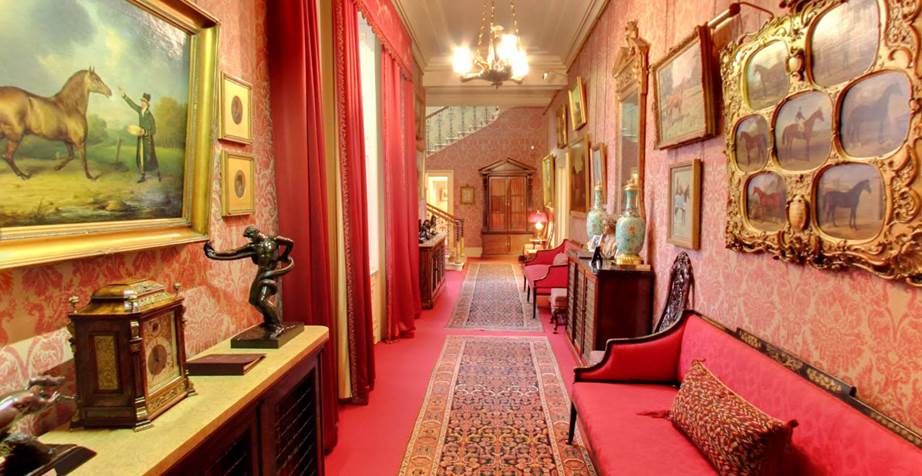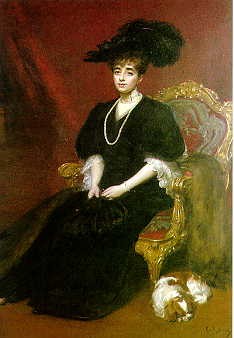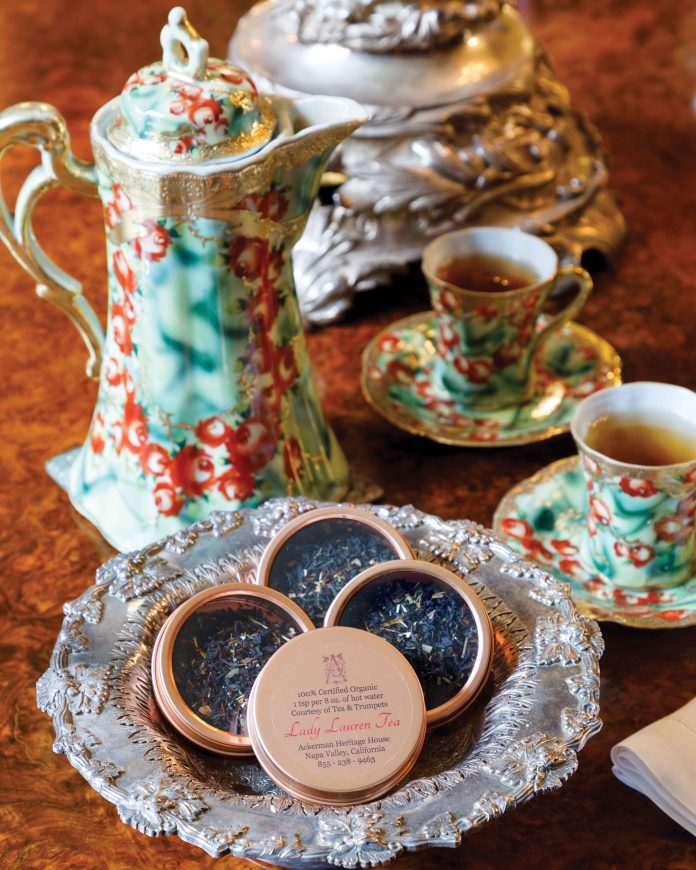In response to $6 per gallon gasoline prices, which are nearly 70%
higher than the $3.81 national average, California Governor Gavin Newsom
will convene a special session of the state legislature in December to enact a “windfall profits tax” on oil companies that he said are price gouging.
“Crude oil prices are down but oil and gas companies have jacked up prices at the pump in California,” said Newsom.
“This doesn’t add up. We’re not going to stand by while greedy oil companies fleece Californians.”
But there is no evidence of illegal price setting, and a new tax on oil companies would increase prices further.
Last week, a federal judge in San Diego issued a
103-page ruling dismissing a class-action lawsuit that claimed traders
at oil companies had colluded to keep prices high. The scope of the case
was massive and spanned seven years of litigation.
As for a new tax, a 2006 report by
the nonpartisan Congressional Research Service found that a new
windfall profit tax on oil companies, which had been in place in the
1980s, would have “adverse economic effects,” including higher prices,
lower domestic production, and increased foreign imports.
The San Diego judge did find that
oil companies had coordinated refinery operations, and it may be
appropriate for governments to impose a tax on a company when it is
engaged in monopolistic or cartel behavior.
But the San Diego
judge found no evidence that oil refiners deliberately create shortages
to raise prices. “Antitrust wrongdoing consists of concerted action
pursuant to an illegal agreement, not independent profit-maximizing
actions based on market conditions,” she wrote.
And anti-trust
regulations are well-enforced. “They definitely cannot talk to each
other about their production time,” said UC Berkeley energy economist,
Severin Borenstein. “That would be a pretty clear antitrust violation.”
The
underlying problem is that California has reduced the capacity of its
oil refineries as part of its push to phase out internal combustion
engines. “California policymakers have knowingly adopted policies with the expressed intent of eliminating the refinery sector,” wrote the vice president of California refinery, Valero, in a letter [pdf] to the California Energy Commission.
Independent experts agree. “We’re operating now in a ... tight market,” said Shon Hiatt, a University of Southern California associate professor of business. “So if one refinery goes off to do maintenance, the prices are going to jump, because we don’t have much slack.”
Indeed, those experts have been warning California policymakers for decades that the state lacked refinery capacity. A 2000 report by
the state’s attorney general pointed to constraints on supply for
California’s “unique clean-burning gasoline,” and higher taxes as the
reason for the state’s higher prices.
“The way
we're doing it now is you just let the fuel costs go up and then we
leave poor people with no ability to get anywhere,” said Tufts energy expert, Amy Myers Jaffe.
“And then [California leaders] grandstand against the oil companies — that's not a solution."
If
Newsom and other politicians really wanted to lower gasoline prices,
economists say, they would expand refinery production and cut taxes. “If
the goal is to help Californians hit specifically by high gas prices,” noted Borenstein, “nothing will be nearly as well targeted as a gas tax holiday.”
And
increasing oil production in the U.S. would lower prices, just as it
did over the last decade, after the shale fracking revolution.
But
neither Newsom nor anyone one else in his party, which holds a
super-majority in the state legislature, is proposing to expand refinery
capacity, cut taxes, or expand production.
On the contrary.
They are phasing out oil and gas production. In April and October 2021, Newsom ordered new regulations to end fracking in 2024 and restrict oil
drilling. In August and September of this year, Newsom’s Air Resources
Board announced a ban on internal combustion engine vehicles by 2035 and
a ban on natural gas furnaces and water heaters by 2030.
Newsom’s actions are mirrored at the federal level. In May, President Joe Biden’s EPA shut down a large oil refinery in the U.S. Virgin Islands that investors had wanted to upgrade to make less polluting. Biden has leased less
federal land and off-shore areas than any president since World War II.
And he and his cabinet officials have repeatedly said their goal is to “end fossil fuel.”
At
the same time, Biden, his cabinet, and his spokespersons have turned
around and blamed gas station owners, refineries, and oil producers, for
high gasoline prices. In June, Biden accused oil refiners of price gouging even though they were operating at
94% of their capacity. And he said, “This idea that [the oil and gas
firms] don’t have oil to drill and to bring up is simply not true.” But it was true.
Then,
before the July 4 weekend, Biden blamed the owners of gas stations, a
competitive retail industry, for high prices. And administration
officials said they
killed a large Alaska oil and gas lease due to “lack of industry
interest,” which was also not true, as Alaska’s senior senator pointed out.
This has been going on for decades. In 2006, Congressional Democrats killed federal
legislation to increase refinery capacity and then turned around and
blamed the industry for restricting supplies. "They thrive in an
environment where markets are tight," said Rep. Ed Markey (D-MA), who is
today a Senator.
The same year, Senate Democrats killed
legislation to expand oil production. "We need lower gas prices and
energy independence," said the
late Senator Harry Reid. "Republican leaders have proposed the same old
solution: drill, drill, drill. But drill, drill, drill is not going to
deliver the results we need." In fact, it was drill, drill, drill (and
frack, frack, frack) that resulted in the US becoming the world’s largest oil producer in 2018.
Republicans tried again to
expand refinery capacity in 2008, only to face the now-familiar
argument from Democrats that oil companies were manipulating supply to
keep prices high. “It's been more than 30 years since America
built its last new refinery,” said then-President George W. Bush.
Responded Senator Dick Durbin (D-IL). “Don't buy this agreement that
it's about refineries. They have more capacity that they're holding
back, so that they can keep their product dear and limited and short,
and so that the consumers will ultimately pay more.”
In other
words, Newsom, Biden, Markey, Reid, Durbin, and countless other
politicians have been, for decades, gaslighting the American people.
They have restricted oil production and refining capacity and then
turned around and claimed it is the oil industry, not them, that is
restricting capacity and refusing to produce, in order to keep oil
prices high. (Read more.)






























